- Get link
- Other Apps
- Get link
- Other Apps
The concept of money laundering is essential to be understood for those working within the monetary sector. It is a course of by which soiled money is converted into clean cash. The sources of the cash in precise are felony and the money is invested in a method that makes it look like clean money and conceal the identification of the criminal part of the money earned.
While executing the financial transactions and establishing relationship with the new clients or sustaining present prospects the obligation of adopting satisfactory measures lie on each one who is part of the group. The identification of such component in the beginning is simple to deal with as an alternative realizing and encountering such conditions in a while in the transaction stage. The central bank in any country offers full guides to AML and CFT to combat such actions. These polices when adopted and exercised by banks religiously present enough safety to the banks to deter such situations.
Money Laundering is an act of act of disguising the illegal source of income. What is Money Laundering.
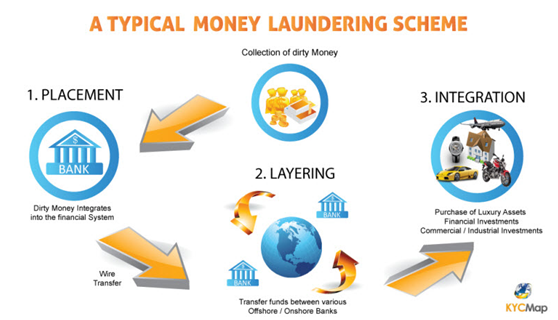
Money Laundering Terrorist Financing Are You Aware Anti Money Laundering Compliance Unit
N The process of hiding the source of illegal income by processing it through a large-turnover entity who takes a premium from it and then receiving the income from that entity to avoid suspicion.

Define the money laundering. Money laundering facilitates a broad range of serious underlying criminal offenses and ultimately threatens the integrity of the financial system. Money laundering involves the use of processes to disguise an original source of funds or assets that are generated through criminal activities such as drug trafficking fraud smuggling corruption or extortion. By passing money through complex transfers and transactions or through a series of businesses the money is cleaned of its illegitimate origin and made to.
Money Laundering meaning in law Money laundering is a term used to describe a scheme in which criminals try to disguise the identity original ownership and destination of money that they have obtained through criminal conduct. Its very easy to define but involves multiple techniques. The crime of moving money that has been obtained illegally through banks and other businesses to.
Basically different money launderers gain money from illegal sources and try to convert it into legitimate by using different ways. Such proceeds then seem to have appeared from a legitimate source and thus become legal money. The money laundering process can be broken down into three stages.
The crime of moving money that has been obtained illegally through banks and other businesses to. Yet the act in itself is much more complex. Money laundering generally refers to financial transactions in which criminals including terrorist organizations attempt to disguise the proceeds sources or nature of their illicit activities.
First the illegal activity that garners the money places it in the launderers hands. By its very nature money laundering is an illegal activity carried out by criminals which occurs outside of the normal range of economic and financial statistics. The laundering is done with the intention of making it seem that the proceeds have come from a legitimate source.
Laundering allows criminals to transform illegally obtained gain into seemingly legitimate funds. Exchanging money or assets that were obtained criminally for money or other assets that are clean. Along with some other aspects of underground economic activity rough estimates have been.
The definition of money laundering according to HM Revenue and Customs is quite simple. Money laundering has been practised for over 6000 years but the term itself comes from the prohibition era of american history. Definition Meaning of Money Laundering Money Laundering is the method criminals use to disguise the illegal origin and control of their wealth by passing it through a complex sequence of banking transfers or commercial transactions.
Global markets consider money laundering a significant white collar crime. It is a worldwide problem with approximately 300 billion going through the. The process of taking the proceeds of criminal activity and making them appear legal.
Money Laundering is the process of changing the colors of the money. Money laundering refers to a financial transaction scheme that aims to conceal the identity source and destination of illicitly-obtained money. Money laundering is a process that criminals use in an attempt to hide the illegal source of their income.
Malaysia What Is Money Laundering Conventus Law
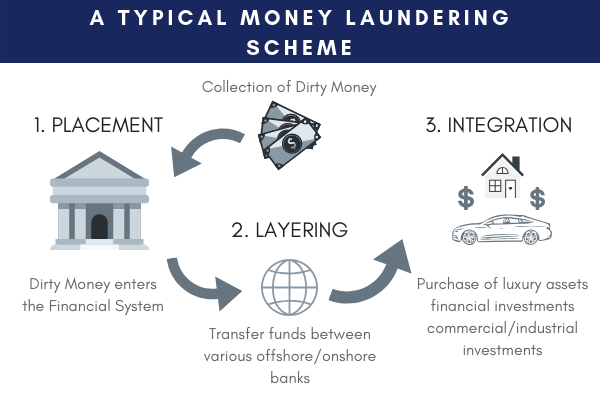
Understanding The Risks Of Money Laundering In Sri Lanka The Lakshman Kadirgamar Institute
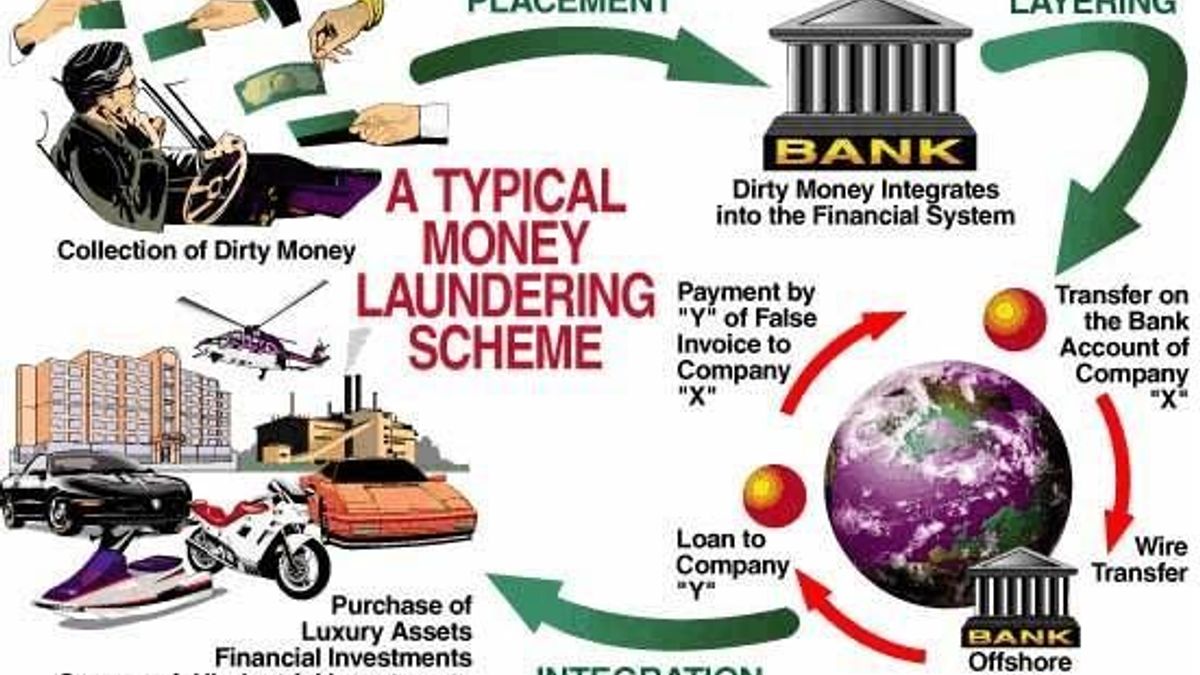
What Is Money Laundering And How Is It Done

Money Laundering Define Motive Methods Danger Magnitude Control

Anti Money Laundering Overview Process And History

Money Laundering Ring Around The White Collar

Money Laundering Meaning And Definition Tookitaki Tookitaki
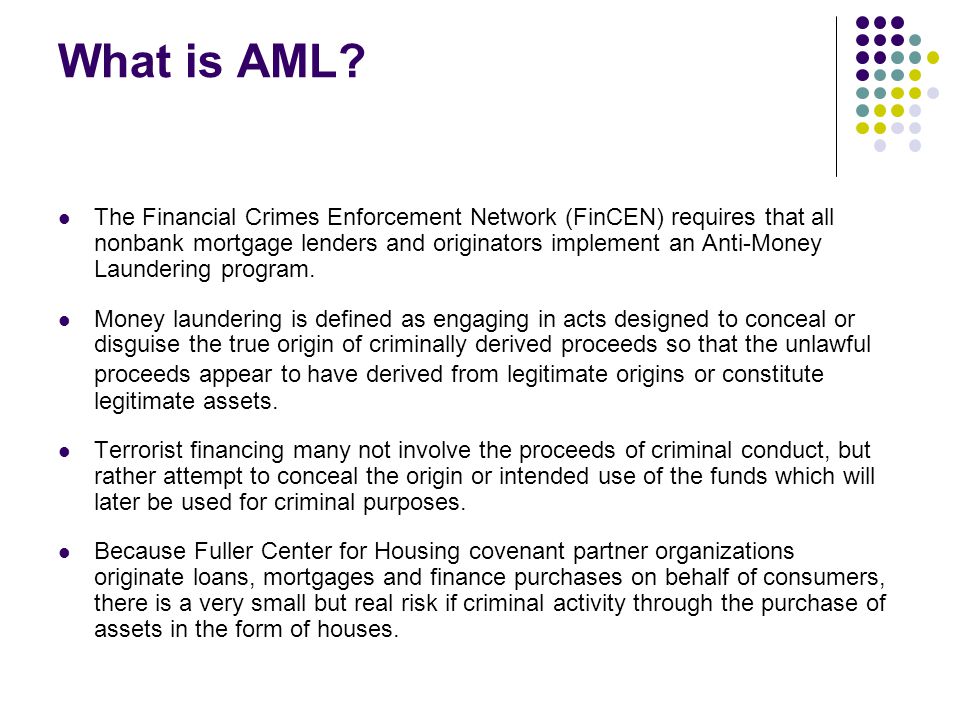
Anti Money Laundering Aml Ppt Video Online Download

International Banking Wealth Management Aml Quality Control Effective Anti Money Laundering Prezentaciya Onlajn

Cryptocurrency Money Laundering Explained Bitquery
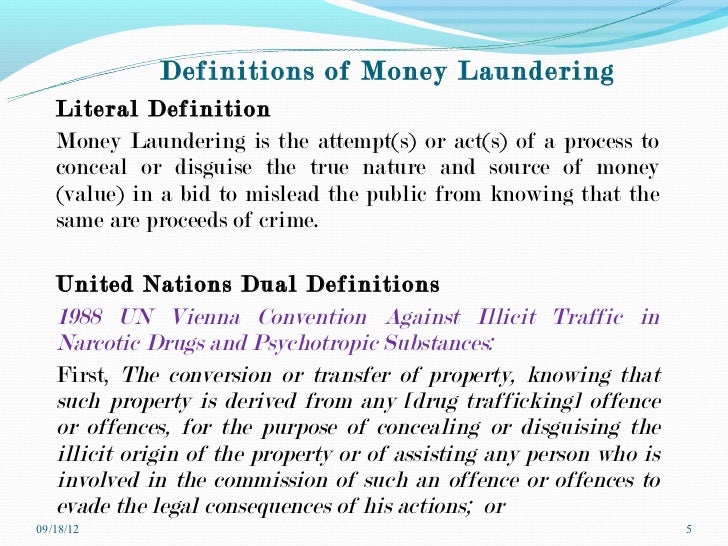
Combating Money Laundering Terror Financing Case Of Nigeria Adv
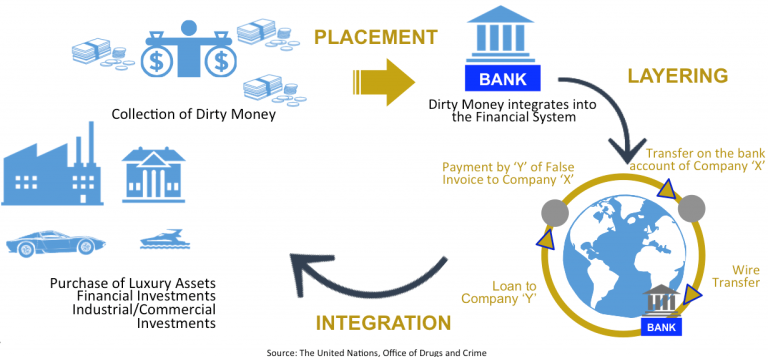
What Is Anti Money Laundering Aml Anti Money Laundering
Money Laundering Examples Chaussureslouboutin Soldes Fr
The world of regulations can seem like a bowl of alphabet soup at occasions. US cash laundering rules are not any exception. We've got compiled an inventory of the top ten cash laundering acronyms and their definitions. TMP Risk is consulting firm focused on protecting monetary services by reducing danger, fraud and losses. We've got large bank experience in operational and regulatory threat. We've got a robust background in program management, regulatory and operational risk as well as Lean Six Sigma and Enterprise Process Outsourcing.
Thus money laundering brings many opposed penalties to the organization because of the dangers it presents. It will increase the chance of major dangers and the opportunity cost of the financial institution and ultimately causes the bank to face losses.
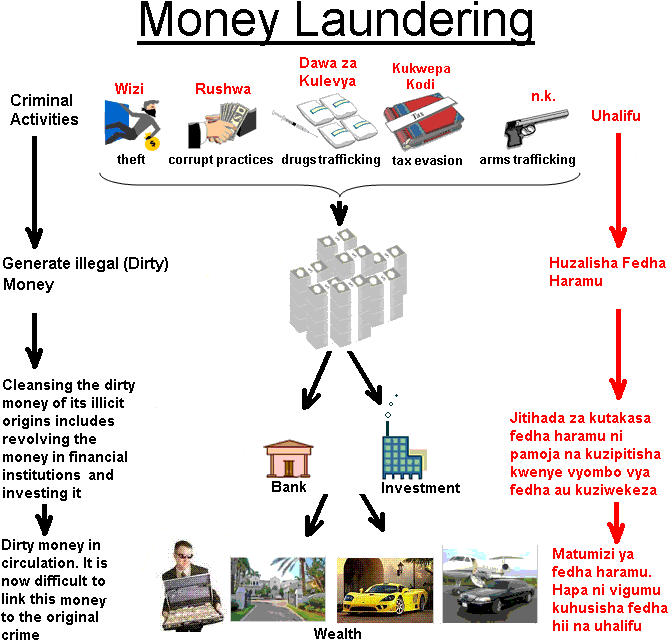
Comments
Post a Comment